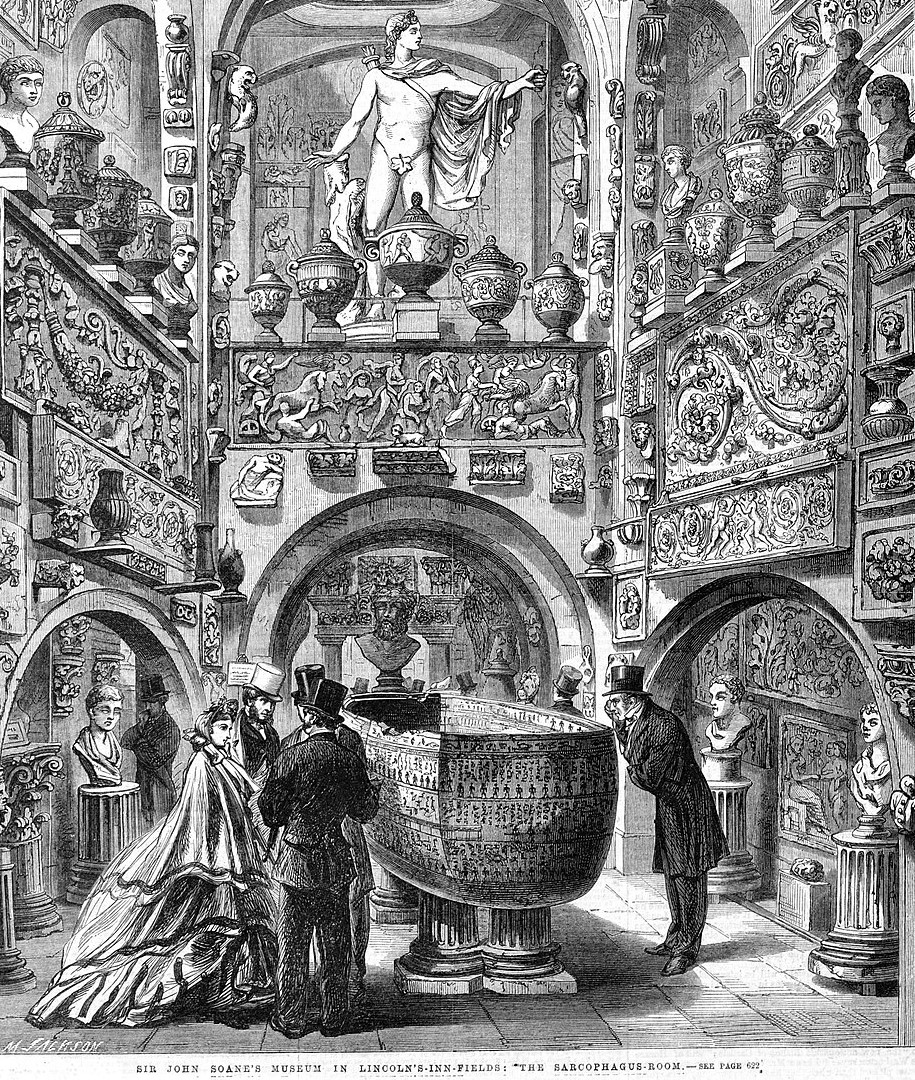Sir John Soane’s Museum is a treasure trove of eclectic objects, collected from his travels around the world. The house is preserved exactly how he left it after his death in 1833. Considered to be fairly lavish for its time the house was fully plumbed and even boasted flushing toilets. Rather oddly he stipulated that the lid on his bathtub remain sealed up until 1896. There must have been great suspense when it was eventually lifted, which would have quickly turned to disappointment when all that was found inside was old papers and false teeth. Victorian newspapers speculated this was Soane’s strange idea of a joke.
QUIRKS & CURIOSITIES
Sir John Soane’s Museum

